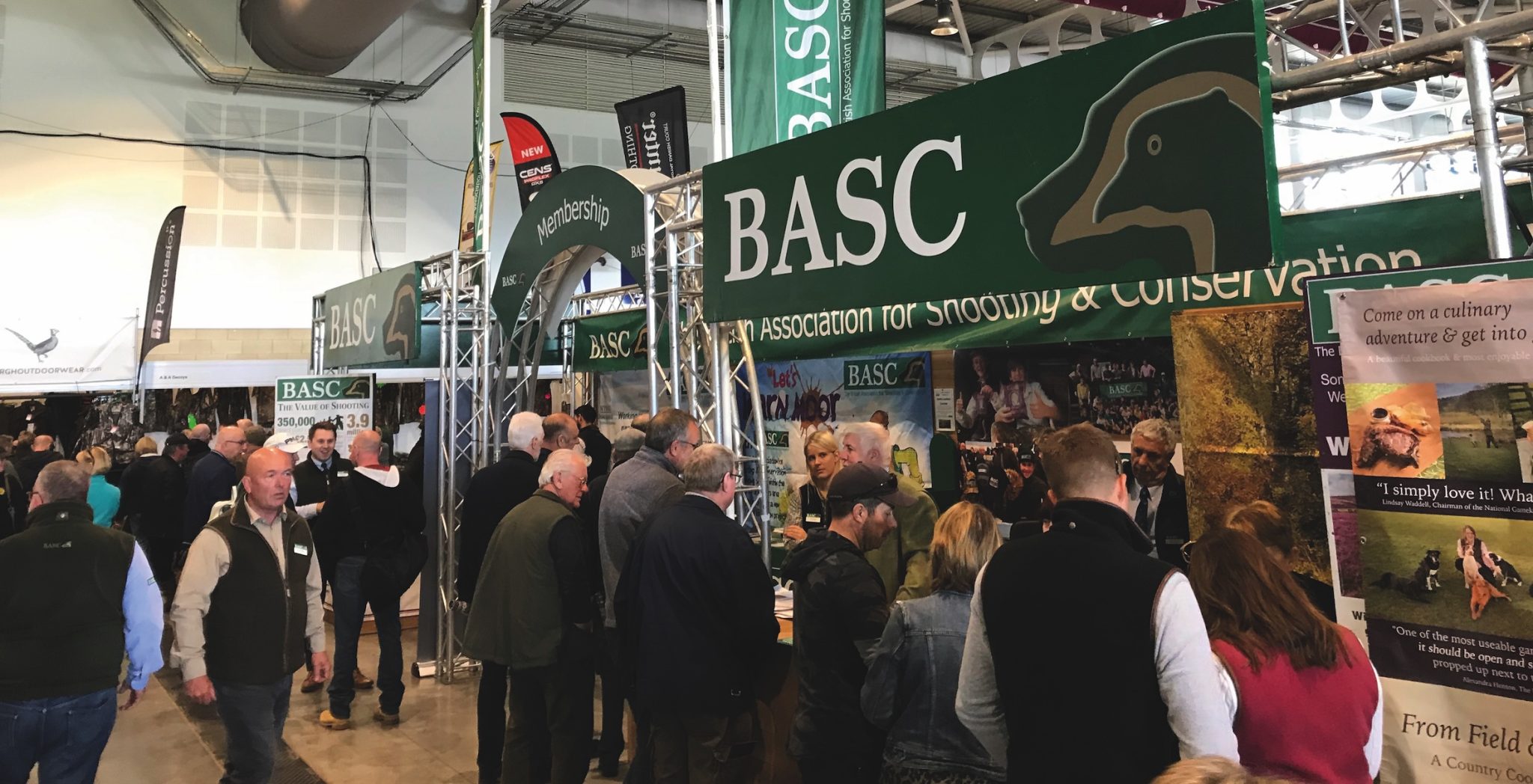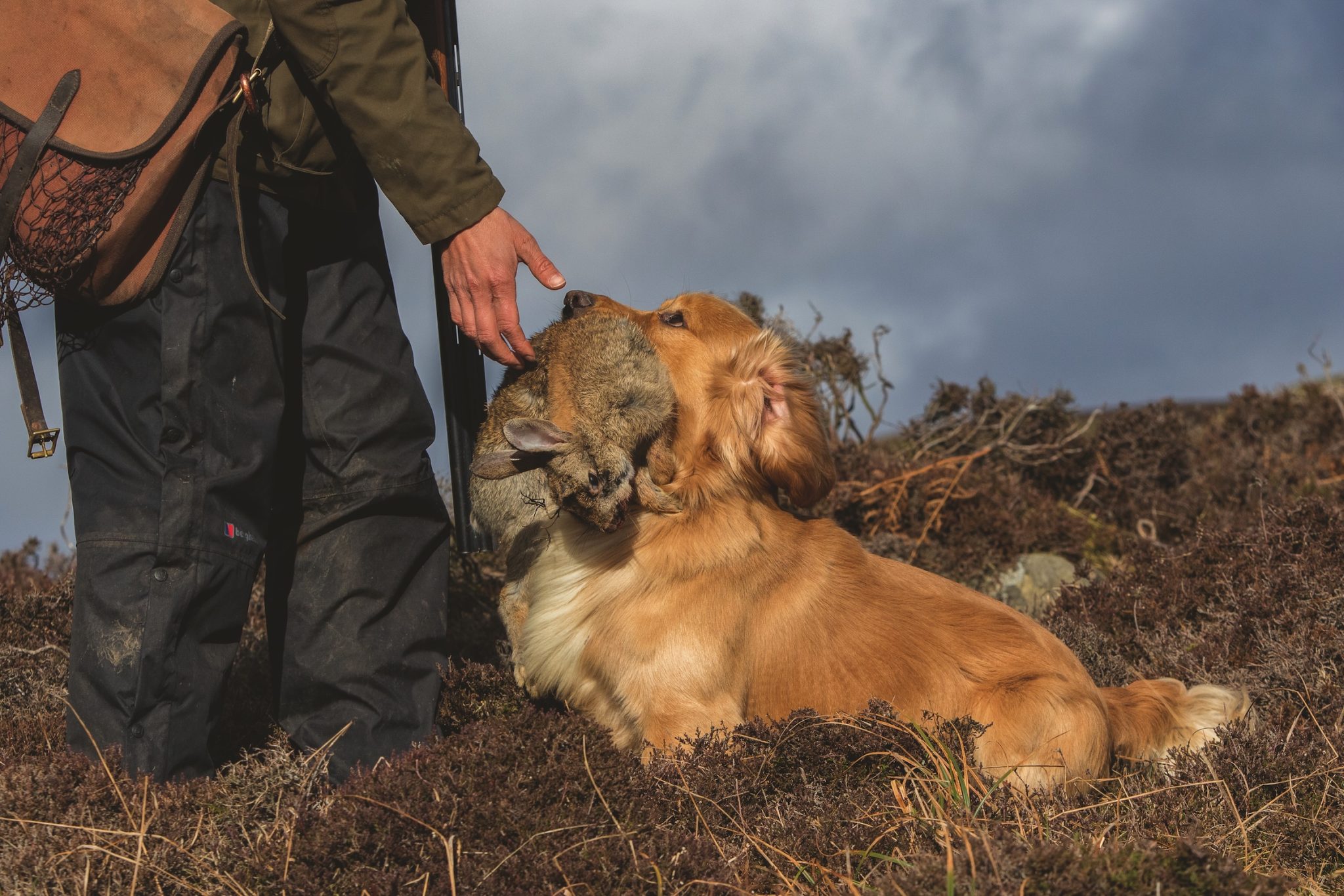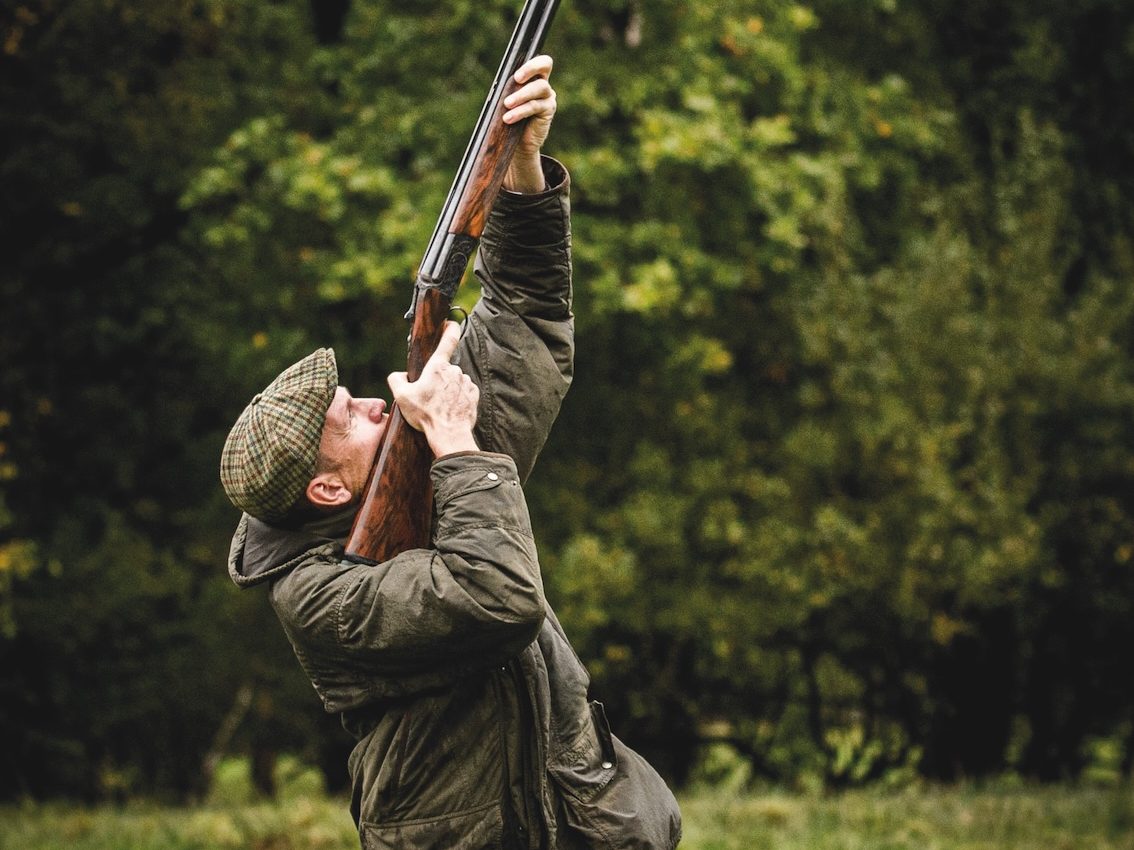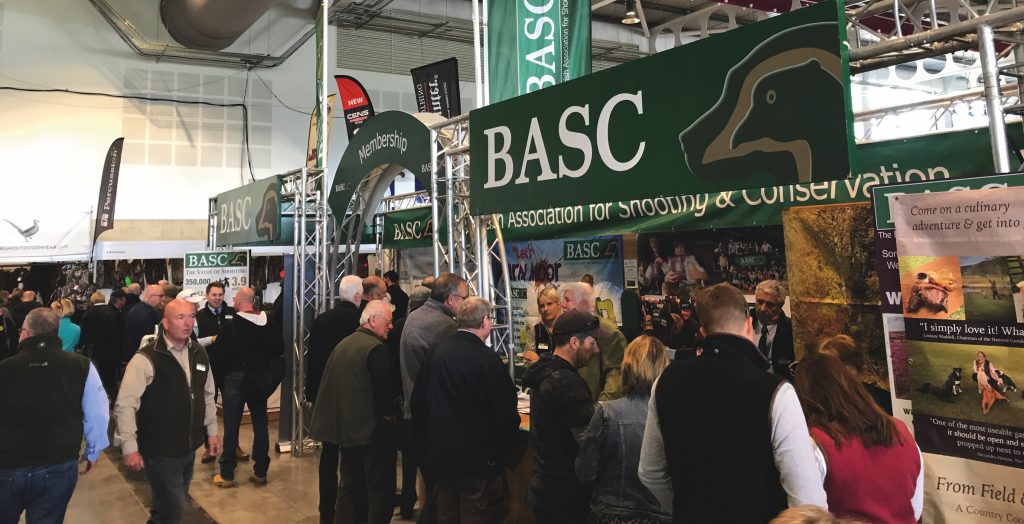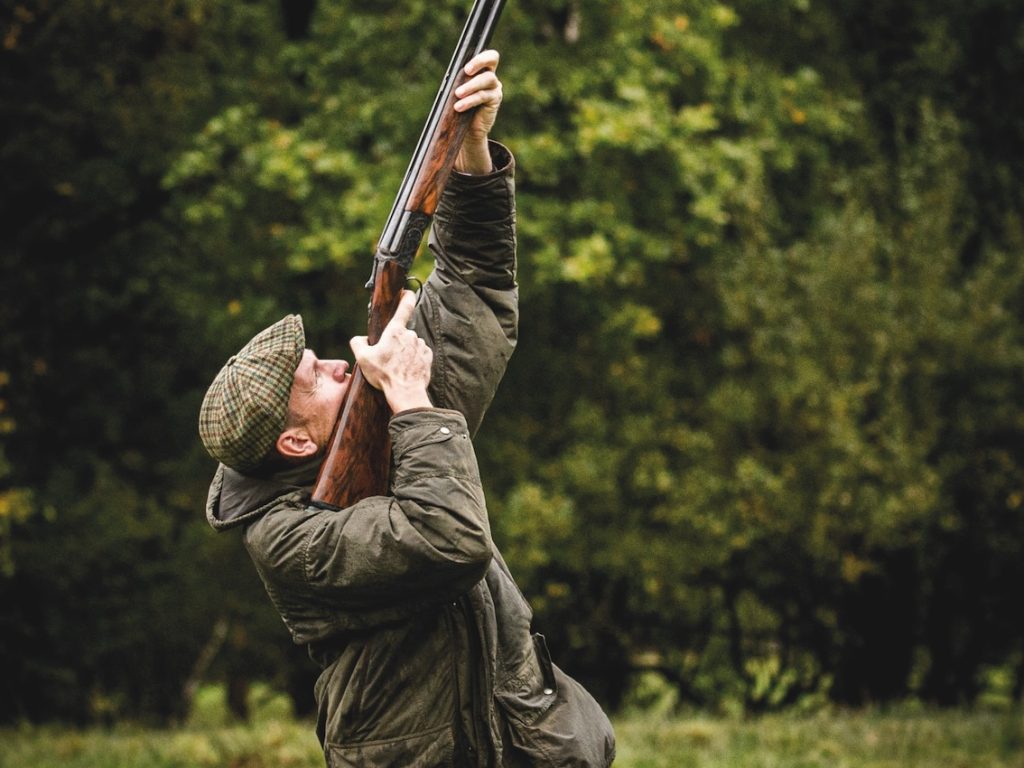Win CENS ProFlex DX5 earplugs worth £1,149 – enter here
Concern over CAP reforms for set-aside
The Game Conservancy Trust (GCT) has voiced concern over the effect reforms to the Common Agricultural Policy (CAP) could have on set-aside land.
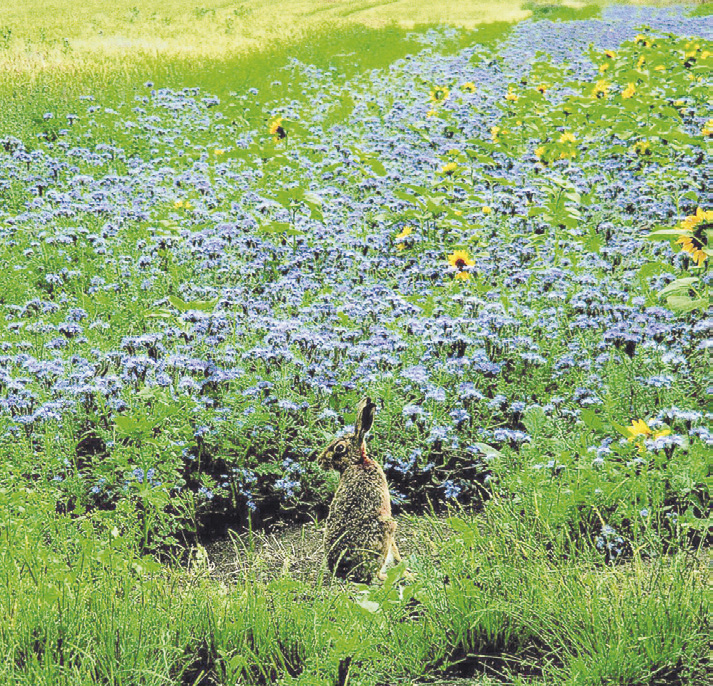
SPEAKING TO POLICY-MAKERS and parliamentarians at Westminster in May, the GCT and the Campaign to Protect Rural England (CRE) argued for the inclusion of set-aside in new agri-environment schemes, and said the conservation benefits of set-aside should not be lost.
The GCT is also concerned farmers will have less of an incentive to retain set-aside land, in the face of improved grain prices and the increasing popularity of oilseed rape as bio-fuel. The GCT proposes a substitute set-aside be created, and the bulk of it developed as field scale conservation land.
Dr Stephen Tapper, director of policy and public affairs at the GCT, said: “CAP is under review, with the possibility of removing Pillar 1. But attached to this is set-aside land, which represents 482,000 hectares or 5% of all agricultural land. The GCT has turned it into one by developing measures such as special wild bird seed mixtures and it has become a superb refuge for creatures such as brown hares, field mice, bats and songbirds.”
Related Articles
Get the latest news delivered direct to your door
Subscribe to Shooting Times & Country
Discover the ultimate companion for field sports enthusiasts with Shooting Times & Country Magazine, the UK’s leading weekly publication that has been at the forefront of shooting culture since 1882. Subscribers gain access to expert tips, comprehensive gear reviews, seasonal advice and a vibrant community of like-minded shooters.
Save on shop price when you subscribe with weekly issues featuring in-depth articles on gundog training, exclusive member offers and access to the digital back issue library. A Shooting Times & Country subscription is more than a magazine, don’t just read about the countryside; immerse yourself in its most authoritative and engaging publication.



